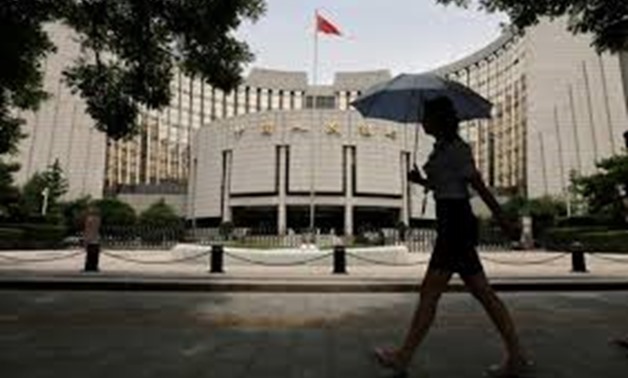
FILE PHOTO: A woman walks past the headquarters of the People's Bank of China (PBOC), the central bank, in Beijing, June 21, 2013. REUTERS/Jason Lee/File Photo
BEIJING - 30 December 2017: China’s central bank said it will gradually raise the reserve funds ratio of third-party payment firms to 50 percent by April 2018 from a current rate of 20 percent, as it continues to ramp up regulation of the industry.
The bank will increase the rate by 10 percentage points a month from February to April, it said in a statement released on its website on Friday evening.
The central bank said earlier this year that it will eventually ban non-bank payment firms from making any private investments with money deposited by users, which would see the reserve rate at some point increased to 100 percent.
China’s third party payment platforms have grown rapidly in recent years, including those backed by tech giants Alibaba Group Holding Ltd (BABA.N) payment affiliate Ant Financial and Tencent Holdings Ltd (0700.HK).
Tencent and Ant Financial did not immediately respond to requests for comment on Saturday morning.
The central bank said the increases in 2018 will initially reduce seasonal risks around Chinese New Year in February, when cash flows on third-party apps increase.
Both Ant Financial’s Alipay and Tencent’s WeChat pay have over 500 million users each, and make up the lion’s share of China’s mobile payment market.
The two firms compete heavily over the Chinese New Year period to target the market of ‘red envelopes’, which are traditional monetary gifts shared around the holidays.
Central bank figures show that roughly 460 billion yuan ($71 billion) in funds were reserved by third-party payment platforms in the third quarter of 2016.
The central bank requires the current 20 percent reserve to be placed in a state-approved commercial bank.

Comments
Leave a Comment